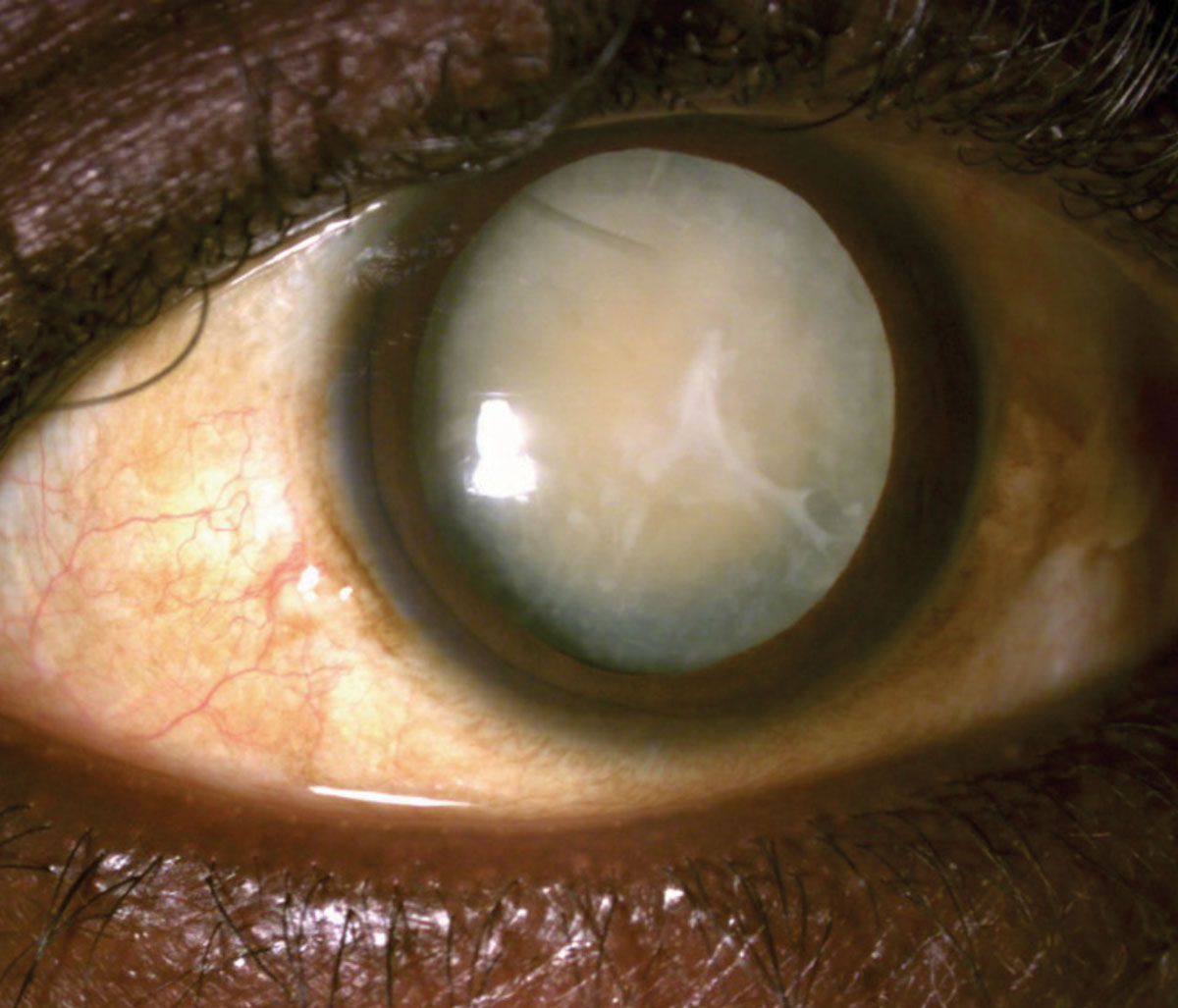 |
Computer vision tools may aid in cataract surgery and help make procedures safer. Click image to enlarge. |
Some say artificial intelligence (AI) is the wave of the future in many professions, medicine included. Over the years it’s been implemented in several ways in different areas all over the world, and most recently, it’s been tested in ophthalmology—specifically cataract surgery. In a new cross-sectional study published in JAMA Ophthalmology, researchers posed the question: can real-time surgical guidance for cataract surgery be achieved using a deep learning detection network combined with computer vision tools? The short answer: yes, it can. Computer vision is a newer approach to AI that allows an automated processing system to “see” the visual world and react accordingly.
A region-based convolutional neural network was able to track the pupil and identify the current surgical phase being performed with a mean area under the curve greater than 95%, triggering surgical guidance tools developed with computer vision.
“These results suggest that an AI-based surgical guidance platform has the potential to enhance the surgeon experience in phacoemulsification cataract surgery,” the authors concluded.
Below are some of the key findings:
The system was able to perform precise pupil tracking and segmentation as well as surgical phase identification in real time during phacoemulsification cataract procedures.
Computer vision tools were able to take advantage of the information retrieved by neural networks with the potential to provide surgical guidance to try to improve ’rhexis symmetry, provide feedback for harmful turbulence and instrument movements and improve tissue visualization.
A surgical guidance platform was able to use video output from existing commercially available surgical systems. This platform combined surgical phase identification and element tracking within the same neural network in real time, also providing a framework for the development of additional guidance tools.
How might this be implemented in the real world? Bobby Saenz, OD, of Parkhurst NuVision, says 3D cataract surgery has been a “game-changer” for his practice and the assistance of AI could take the surgery to the next level.
“If AI is able to be combined with 3D cataract surgery, this is going to be great for the visualization of the surgical procedure not only for surgeons early on in their training, but for optometrists, students and residents as well,” he says.
Because cataract is one of the top reasons for reversible vision loss worldwide, Dr. Saenz says he can see this approach being used to increase the training of surgeons across the globe, “especially in areas that don’t have sufficient training or enough surgeons, which could help us decrease the number of patients worldwide blind from cataracts,” he notes.
In an accompanying editorial, Amy Yuan, MD, and Cecilia S. Lee, MD, MS, say it’s “compelling” to train computers to learn surgery that can bring clinical and educational benefits, especially since errors and complications that occur during surgery can result in “patient morbidity.” But they note that challenges may present themselves down the road.
“Given the routine use of operating microscopes in ophthalmic surgery, vast quantities of surgical videos could be used to train precise deep learning algorithms, although devising a system to share surgical data, particularly labor-intensive, expert-annotated data, is an important challenge that will need to be addressed,” Drs. Yuan and Lee noted.
1. Nespolo Garcia R, Yi D, Cole E, et al. Evaluation of artificial intelligence-based intraoperative guidance tools for phacoemulsification cataract surgery. Jama Ophthalmol. January 13, 2022. [Epub ahead of print.] 2. Yuan A, Lee CS. Real-time augmented reality—the next frontier for ophthalmic surgery. JAMA Ophthalmol. January 13, 2022. [Epub ahead of print.] |

